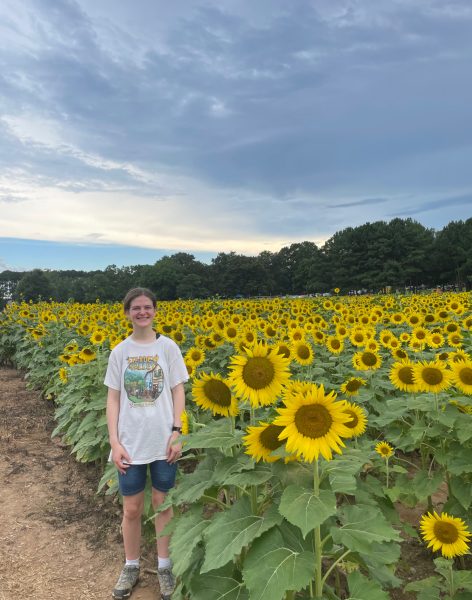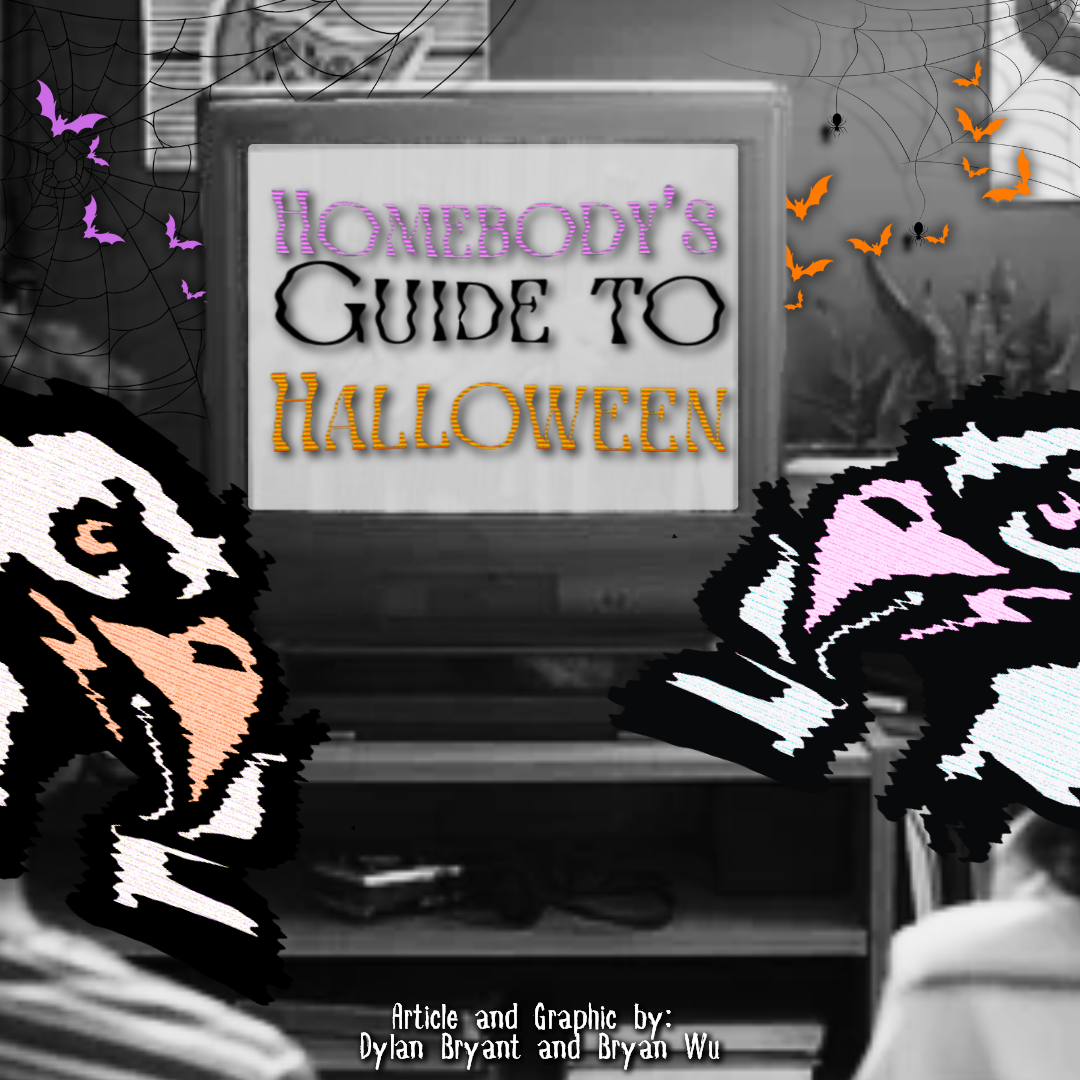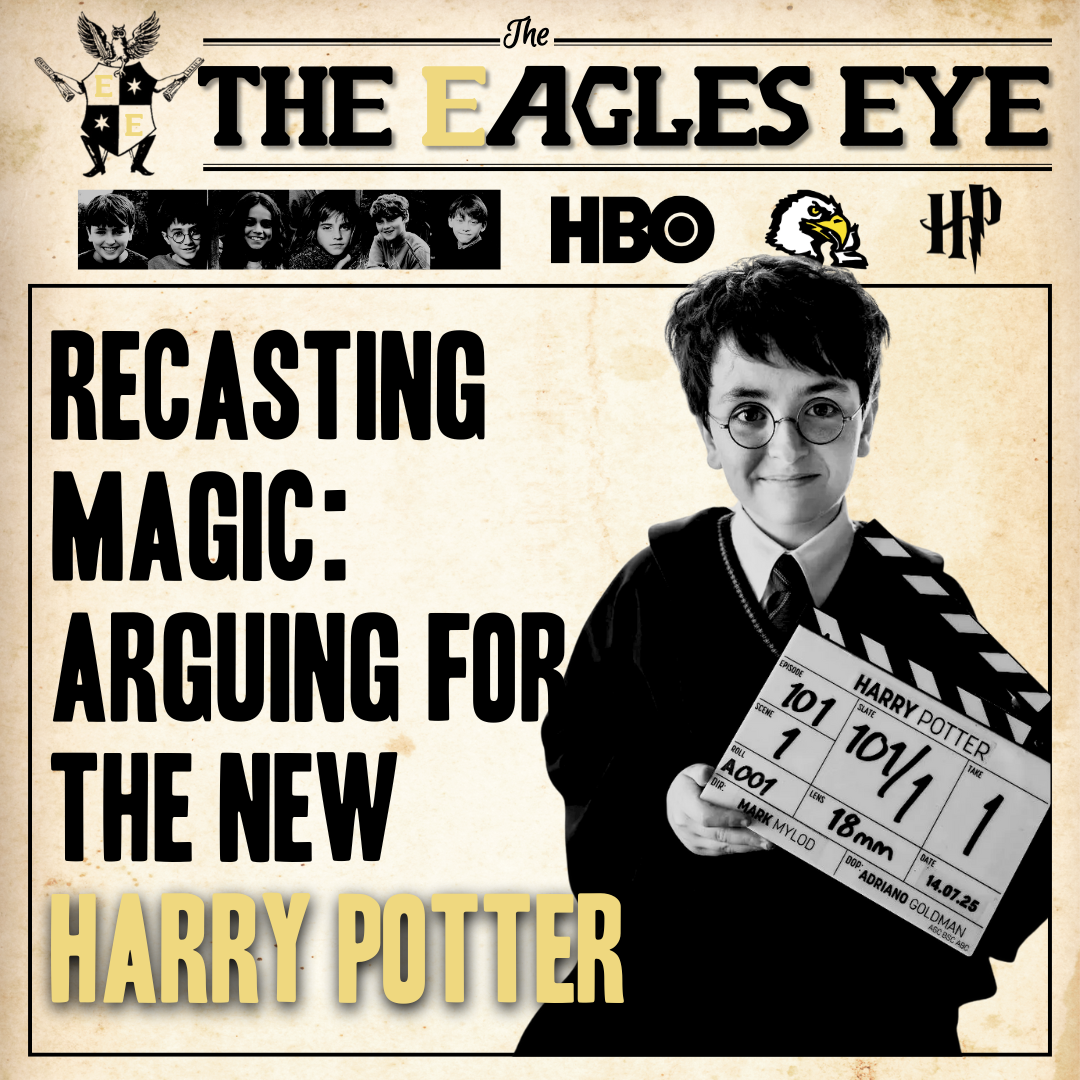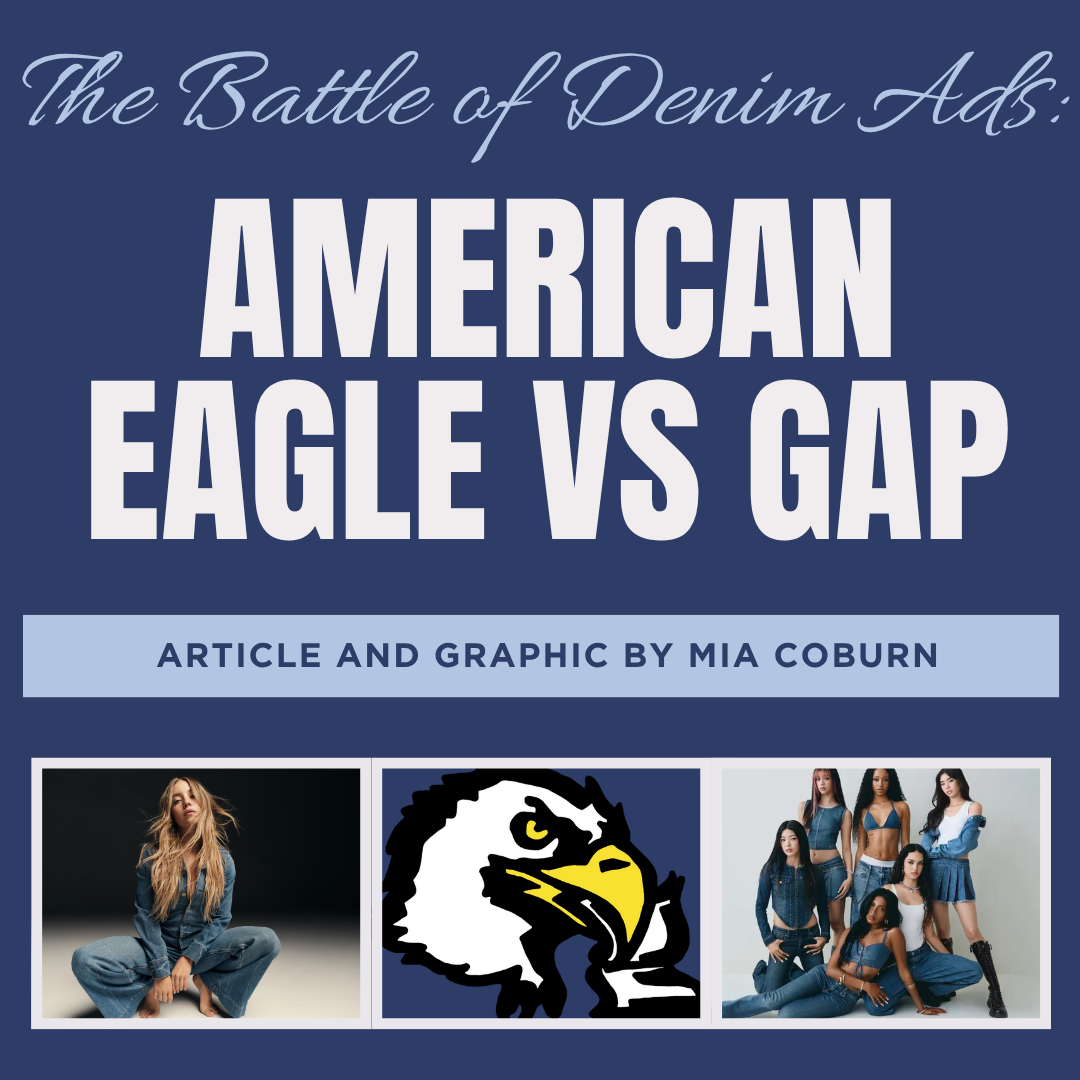Enloe students are notorious multitaskers; “free time” activities are nearly always expected to benefit either resumes or college applications. With our overwhelming homework loads, reading a book for a class is significantly more common than reading “just for fun.” Fortunately, historical fiction offers a perfect balance between enjoyment and academic value.
With so much content to cover, it’s easy for history classes to focus on wars and rulers, while overlooking the experiences of ordinary individuals. Hence, historical fiction can fill in the gaps created by curriculums. Combining creativity with significant research, the relatable characters and memorable plots give readers a personal link to events that might otherwise be difficult to connect with. Not only are they enjoyable to read, but they also help readers gain a fuller understanding of the past.
Only one question remains: which books should you read? Enloe sophomores have the opportunity to read world literature alongside the WHAP curriculum through the C&C classes, but juniors lack a similar option. In response to this issue, here is a timeline of historical fiction books aligned with each APUSH unit, which could be equally applicable to standard or honors US History or to certain units of IB History of the Americas. Most of these books are on the shorter side, making them better fits for students’ busy schedules, and all of them are available through the Wake County library system. While many could be considered middle-grade, they are more than capable of entertaining and educating readers of any age.
Whether you’re previewing upcoming units, reading along with what you’re discussing in class, or reviewing for the AP exam, I hope that these selections will add depth to your historical understanding.
1491 – 1800: Periods 1, 2, and 3
1587: Blue Birds by Caroline Starr Rose — A novel-in-verse about the friendship between a Native American girl and an English settler in the Roanoke colony.
1607: Blood on the River by Elisa Carbone — A historically-rich story about the founding of Jamestown and the many challenges the settlers faced. Starting in 1607 with the colonists boarding the ships, it continues through multiple tumultuous years, including the Starving Time in 1609-1610. This novel also explores some of the misconceptions about John Smith and Pocahontas and includes quotes from journals of participants in the colony. Additionally, it has a sequel set in 1622 titled Poison in the Colony.
1776: Sophia’s War by Avi — A novel about a formerly Loyalist girl who uncovers the betrayal of Benedict Arnold during the American Revolution.
1800 – 1848: Period 4
1804: Streams to the River, River to the Sea by Scott O’Dell — A book based on the life of Sacagawea, the Shoshone woman who guided the Lewis and Clark expedition when she was only sixteen years old.
1805: Show Me a Sign by Ann Clare LeZotte — A novel (the first in a trilogy) about a Deaf girl living in Chilmark, a Massachusetts community with a historically high Deaf population.
1835: Island of the Blue Dolphins by Scott O’Dell — A novel based on the true story of Juana Maria (called Karana in the book), a Nicoleñon woman who lived by herself for decades on an island off the coast of California. She is left behind by the rest of her tribe and forced to survive alone — hunting fish, befriending a wild dog, and watching for the Aleutian sea otter hunters. The book is enhanced by the strong protagonist and the remote, wild landscape.
1847: The Birchbark House by Louise Erdrich — The story of an Objibwe family living on an island in Lake Superior.
1844 – 1898: Periods 5 and 6
1860s: Little Women by Louisa May Alcott — A classic about four sisters living in Concord, Massachusetts, during the Civil War.
1865: From the Earth to the Moon by Jules Verne — An imaginative novel set at the end of the Civil War that depicts a voyage to the moon over a century before it actually happened.
1878: View from Pagoda Hill by Michaela MacColl — A story of a biracial girl who immigrates from Shanghai to live with her grandparents in rural New York.
1879: One Big Open Sky by Lesa Cline-Ransome — A novel-in-verse about a family from Mississippi who migrate westward to become homesteaders in Nebraska. The main characters are Exodusters, Black pioneers who left the South after the Reconstruction era. The book alternates perspectives between three female characters as they undertake a perilous journey in search of a better life.
1890s: Captains Courageous by Rudyard Kipling — A classic novel about the son of a railroad tycoon who is rescued by a crew of fishermen off the Grand Banks of Newfoundland.
1890 – 1945: Period 7
1901: Strawberry Girl by Lois Lenski — A novel about a farming family who live in the rural community of Lakeland, Florida.
1900s: All of a Kind Family by Sydney Taylor — A series of books about a Jewish family living in turn-of-the-century New York City.
1914: The Star that Always Stays by Anna Rose Johnson — A novel about an Ojibwe girl in a blended family who moves to Boyne City, Michigan.
1920s: Beyond the Bright Sea by Lauren Wolk — The story of an orphan girl living in the Elizabeth Islands of Massachusetts.
1930s: Roll of Thunder, Hear My Cry by Mildred D. Taylor — A novel about the struggles of a Black family in Mississippi during the Great Depression.
1934: Sweet Home Alaska by Carole Estby Dagg — A story about a family who participates in the Palmer Colony Project, a settlement in Alaska founded under the New Deal.
1934: Out of the Dust by Karen Hesse — A gritty novel-in-verse about the Dust Bowl in Nebraska.
1940s: My Nest of Silence by Matt Faulkner — A book about the internment of Japanese Americans and the 442nd Infantry Regiment during World War II, perfect for fans of They Called Us Enemy.
1940s: All He Knew by Helen Frost — A novel-in-verse about a conscientious objector who is sent to work at a mental institution and a deaf boy whom he befriends there. The Civilian Public Service, composed of men who refused the draft for religious reasons, is an often overlooked (but very interesting) aspect of the World War II home front. The book also exposes the tragic treatment of people with disabilities during the mid-1900s.
1945 – 1980: Period 8
1940s-50s: The Circuit by Francisco Jimenez — A graphic novel memoir about the childhood of a migrant harvester in California.
1960: Farewell Cuba, Mi Isla by Alexandra Diaz — A novel about two cousins in Cuba during Fidel Castro’s rise to power and their immigration to the United States. Inspired by the author’s family history, it’s a great choice to learn about Operation Peter Pan, political refugees, and the Cold War. Many Cuban Spanish phrases are also incorporated, giving the reader an immersive experience.
1960s: Brown Girl Dreaming by Jacqueline Woods — A memoir-in-verse about the childhood of an African American girl who lived in Ohio, South Carolina, and New York City.
1967: The Wednesday Wars by Gary D. Schmidt — A novel set in Long Island that explores the home front during the Vietnam War.
1969: Full Cicada Moon by Marilyn Hilton — A novel-in-verse about a biracial girl with a passion for science who moves from California to Vermont.
1975: Hoops by Matt Tavares — A graphic novel inspired by Judi Warren about the creation of a high school girl’s basketball team in Indiana as a result of Title IX.
1978: It Ain’t So Awful, Falafel by Firoozeh Dumas — A semi-autobiographical novel about an Iranian-American in California during the Iranian Revolution and hostage crisis.
1980 – 2025: Period 9
1980: Hope in the Valley by Mitali Perkins — A novel about gentrification and affordable housing in Silicon Valley through the perspective of an Indian-American girl.
1980s: Dicey’s Song by Cynthia Voigt — The story of four siblings and their grandmother in a small town on the Chesapeake Bay. The second book in the Tillerman Cycle series, it focuses on Dicey, a determined and independent high school student. The plot and characters are more than sufficiently interesting, but there’s also the bonus of seeing how life was different for rural high schoolers in the early 1980s compared to today. Plus, the grandmother is awesome.
2000s: The In-Between by Katie Van Heidrich — A memoir-in-verse about a teenage girl in Atlanta, Georgia, whose family is evicted from their apartment and lives out of a motel.
2010s: Other Words for Home by Jasmine Warga — A novel-in-verse about a girl who moves from Syria to Cincinnati, Ohio.
Happy reading!








